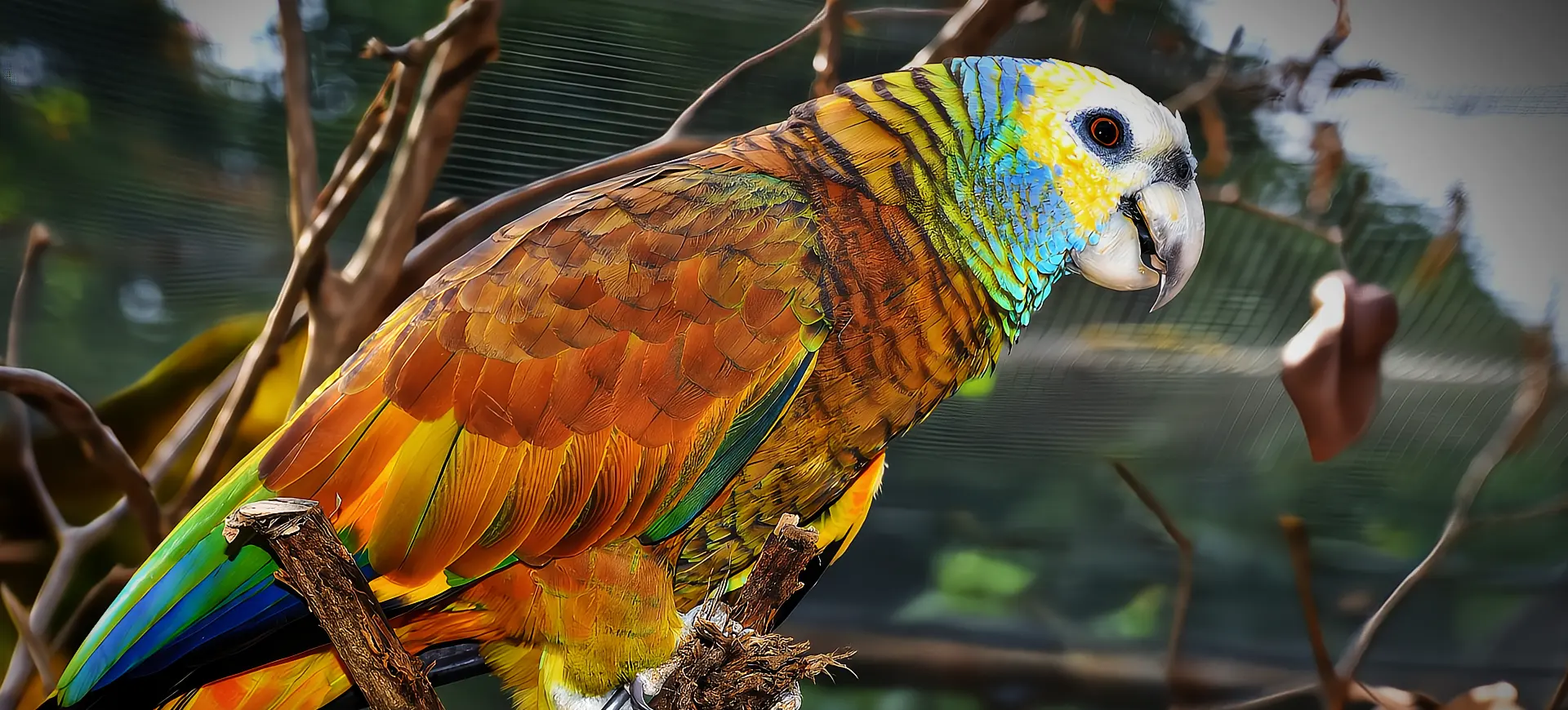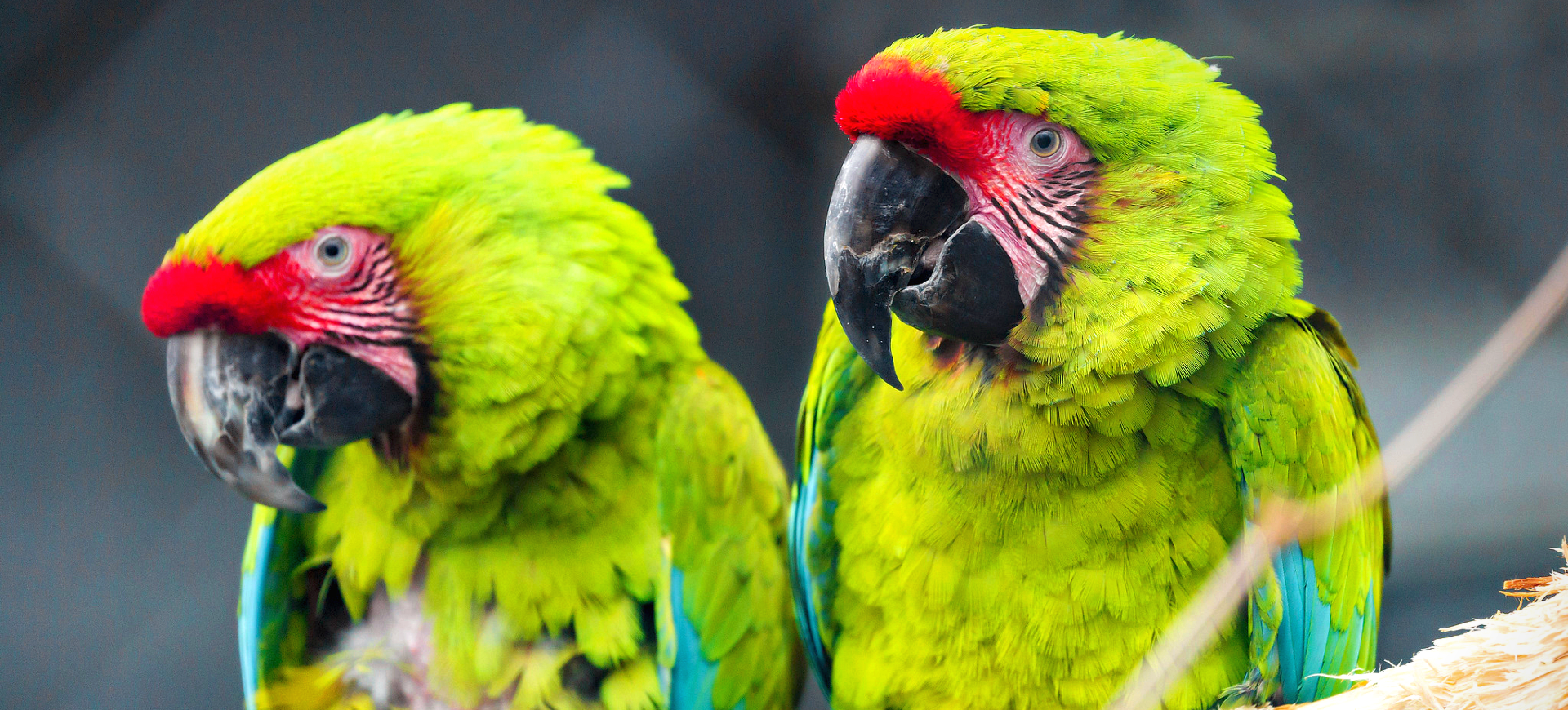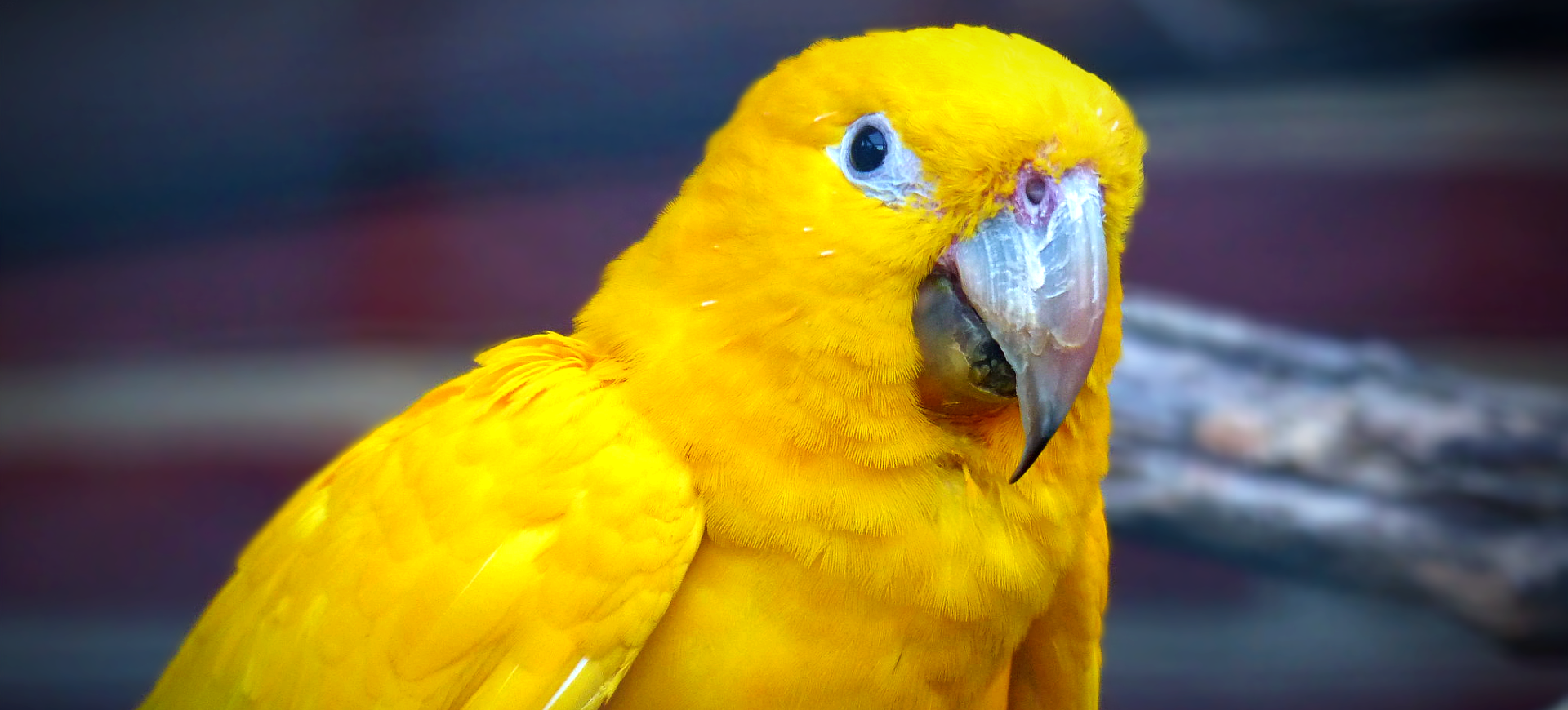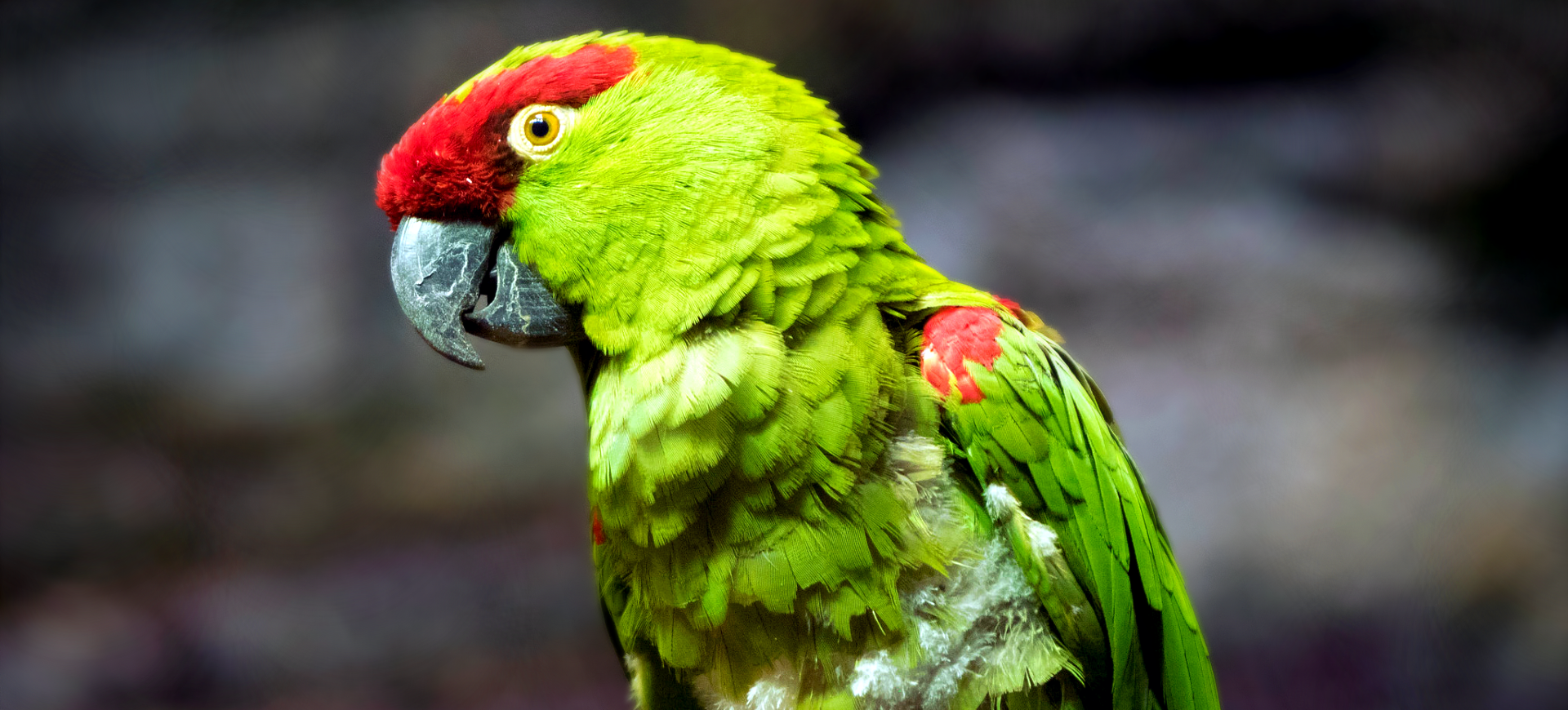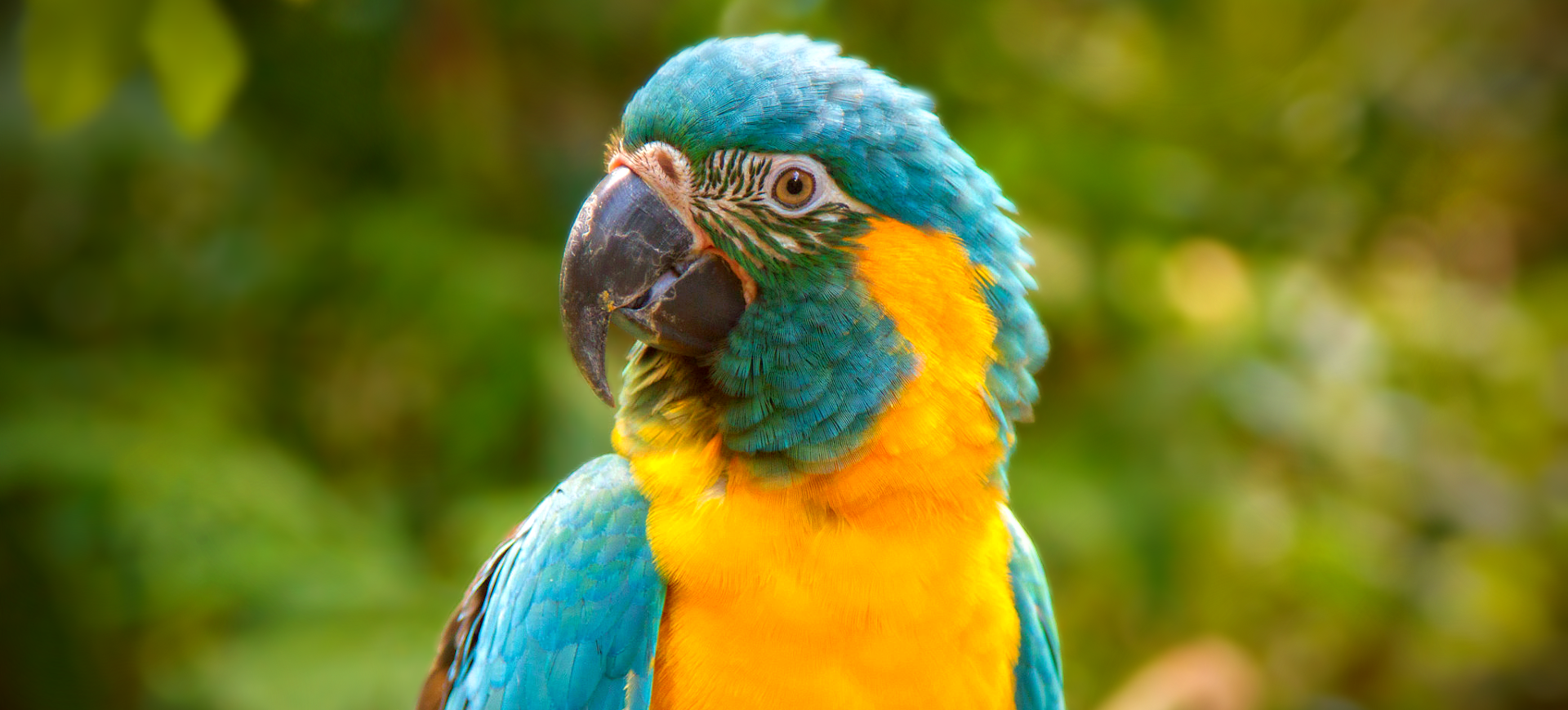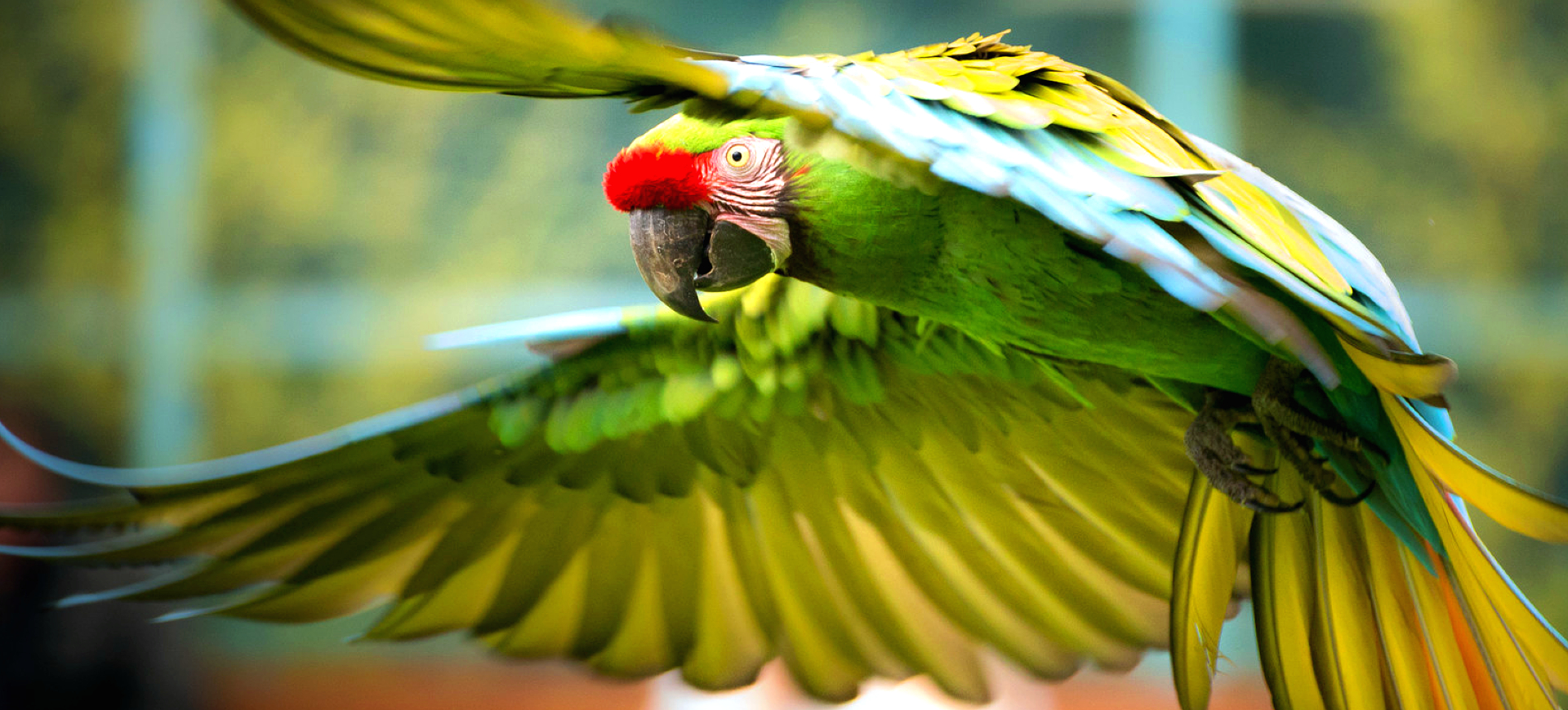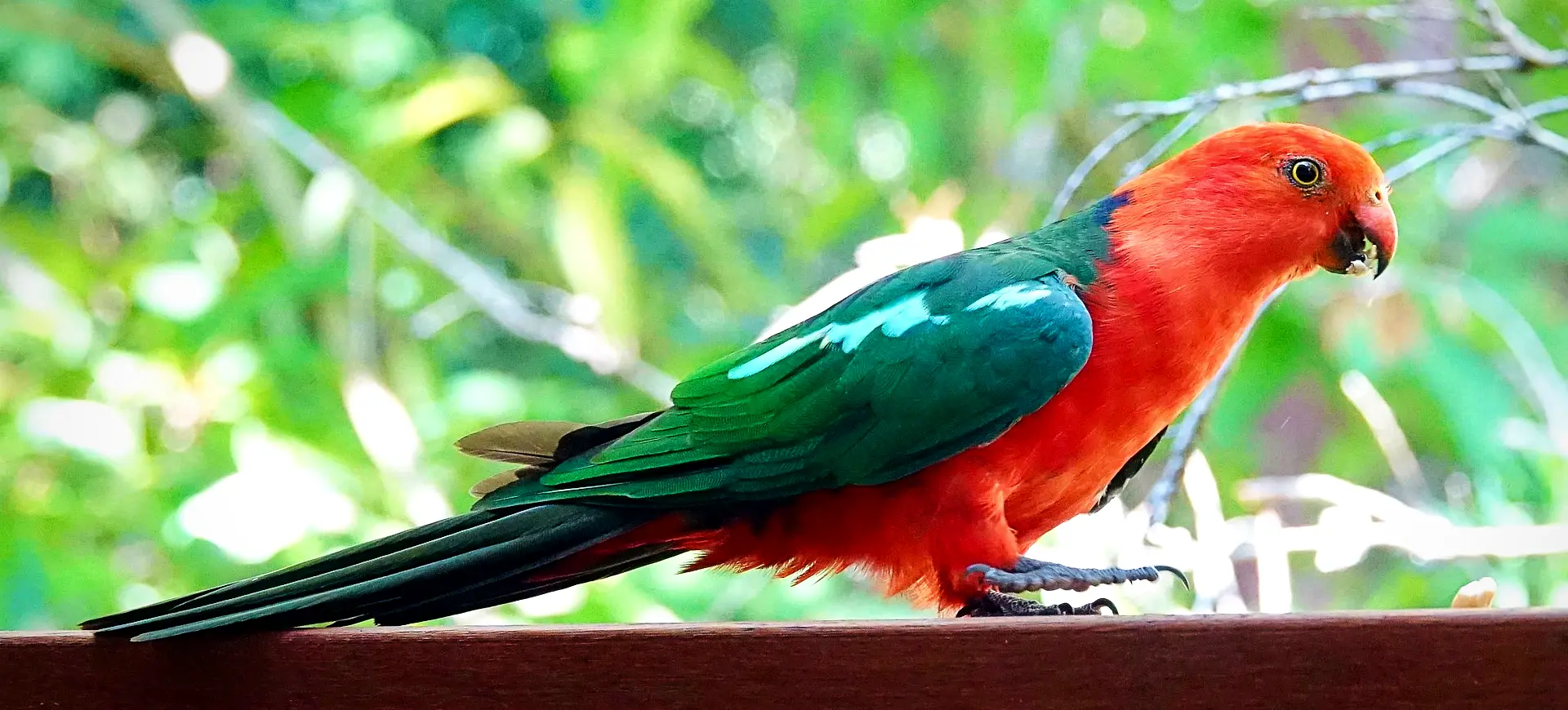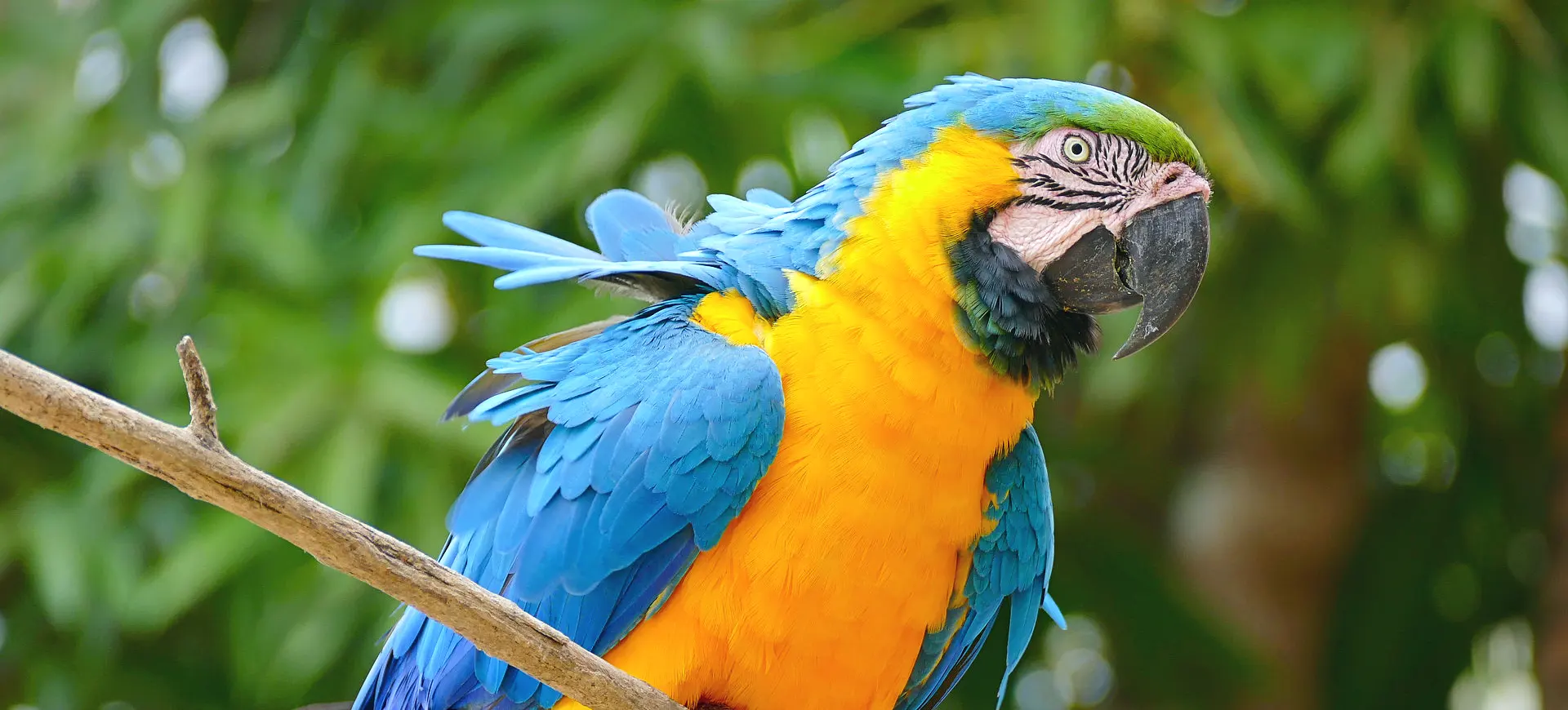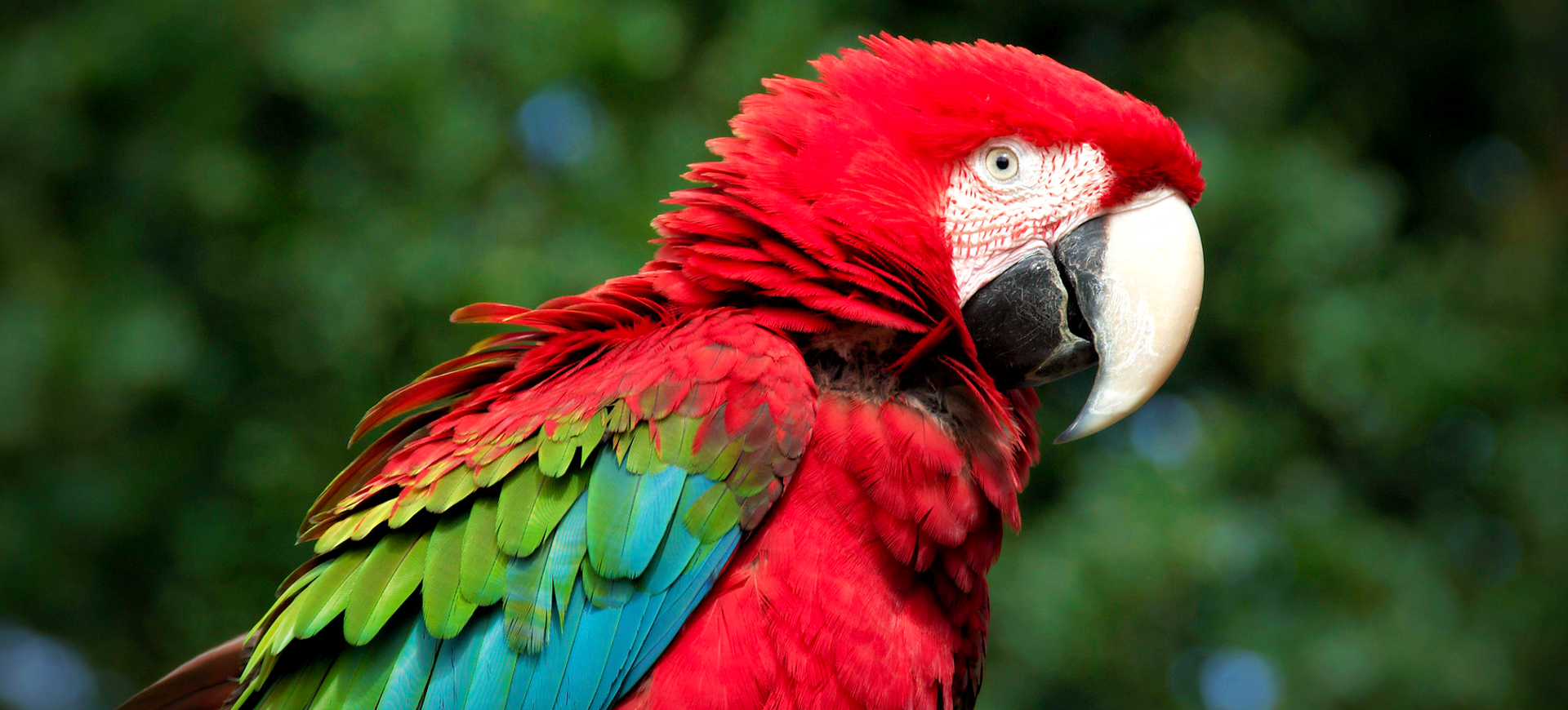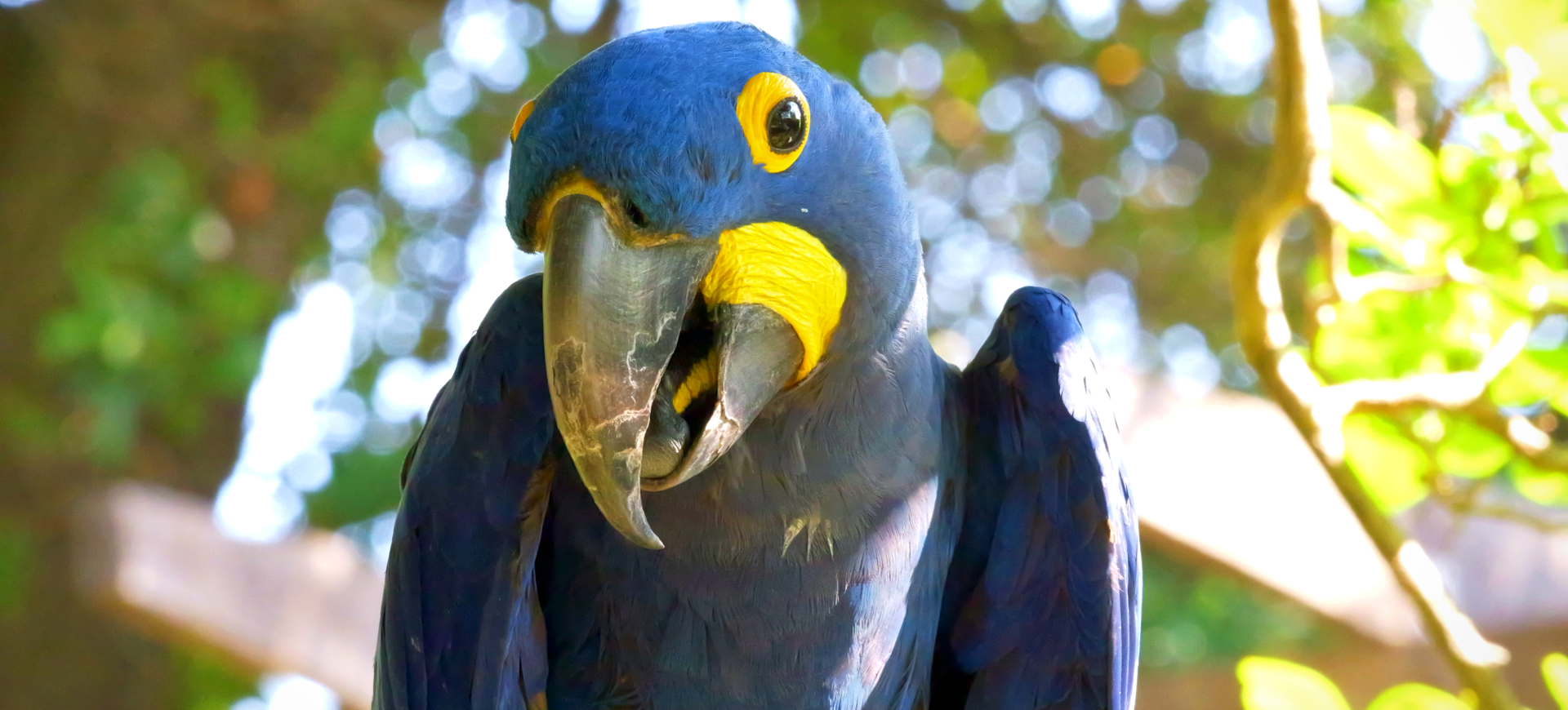Overview
The Princess Parrot, scientifically known as Polytelis alexandrae, is a colorful and charismatic bird native to Australia. This species is known for its distinctive plumage, featuring a blend of green, blue, and pink colors, with males exhibiting brighter and more vivid hues than females. The bird is named in honor of Princess Alexandra of Denmark, who later became the Queen of the United Kingdom. With a slender build and a long tail, the Princess Parrot exhibits an elegant appearance, further accentuated by its graceful flight.
The Princess Parrot is a medium-sized parrot, measuring about 34-46 cm long, including its long tail. It has a friendly and gentle disposition, making it a popular bird among avian enthusiasts. These birds are somewhat elusive and nomadic in the wild, often traveling for food and water. They are primarily found in arid and semi-arid regions, particularly in areas with spinifex grass and acacia shrubs.
This species plays a unique role in its ecosystem, acting as a seed disperser and aiding in the pollination of various plants. The diet of the Princess Parrot mainly consists of seeds, fruits, and nectar, which they forage from the ground and trees. Their feeding habits and mobility contribute significantly to the health and propagation of their native habitats.
Taxonomy
Kingdom
Phylum
Class
Order
Family
Genus
Species
Type
Physical Description:
The Princess Parrot exhibits a striking and colorful plumage. The predominant color is green, with a light green head, a blue rump, and a pink throat. The bird’s wings display a mix of green and blue, with splashes of yellow under the wings. Male Princess Parrots are generally brighter and more vivid in coloration than females, and they also have a longer tail and larger beak.
In terms of size and build, the Princess Parrot is slender and medium-sized, with a particularly long and elegant tail that adds to its overall length. The bird’s beak is strong and curved, typical of parrot species, and is used for cracking seeds and manipulating objects. Their eyes are expressive, and the males have a distinctive coral-colored eye-ring, which is less prominent in females.

Lifespan: Wild: ~30 years || Captivity: ~40 years

Weight: Male: 3.9-4.6 oz (110-130 g) || Female: 3.5-4.2 oz (100-120 g)

Length: Male: 16-18 inches (40-46 cm) || Female: 13-16 inches (34-40 cm)

Top Speed: Unknown
Characteristic:
Native Habitat:
The Princess Parrot is indigenous to the interior regions of Australia, particularly favoring arid and semi-arid areas. These birds thrive in spinifex grasslands and acacia woodlands, providing food and shelter. Adapted to the harsh conditions of the Australian outback, they can extensively travel in search of water and food. Their nomadic nature is a crucial adaptation for survival in these variable environments.
Princess Parrots’ habitat preferences change depending on the availability of resources, which can fluctuate with the seasons. This adaptability to different environments within their range is key to their survival. The availability of food and water significantly influences their movement and distribution in the wild. Understanding their habitat preferences is essential for conservation efforts.
Biomes:
Biogeographical Realms:
Continents:
Countries:
Diet:
Diet & Feeding Habits:
The diet of the Princess Parrot is predominantly herbivorous, focusing on seeds, fruits, and nectar. They are known to forage on seeds from spinifex grasses and acacia trees, which are abundant in their habitats. The nectar from flowers is also a significant part of their diet, especially during certain seasons. This diet helps them play a crucial role in their ecosystem.
These parrots exhibit versatile foraging behavior, searching for food on the ground and in trees. Their strong beaks are adept at cracking open hard seeds and delicately extracting nectar from flowers. Their feeding habits aid in seed dispersal and pollination, promoting the health of plant species in arid regions. The Princess Parrot’s foraging strategies demonstrate their adaptability and importance in their ecological niche.
Mating Behavior:
Mating Description:
Princess Parrots exhibit a monogamous mating system, where males perform elaborate courtship displays to attract females. These displays include fanning of the tail, wing-flapping, and vocalizations. Once a pair bond is established, it often lasts for life, indicating strong social connections within the species. Nesting typically occurs in tree hollows, where the female lays and incubates the eggs.
During the breeding season, both parents are actively involved in the upbringing of the young. The male provides food for the female and the chicks, highlighting the species’ cooperative breeding behavior. This cooperation is essential for the survival and well-being of their offspring. The social structure of Princess Parrots becomes more cohesive during breeding, with pairs or small groups staying close to their nesting sites.
Reproduction Season:
Birth Type:
Pregnancy Duration:
Female Name:
Male Name:
Baby Name:
Social Structure Description:
The Princess Parrot exhibits a distinct social structure, often observed in flocks, especially outside the breeding season. These flocks are characterized by a loose social hierarchy, where dominant individuals typically assume leadership roles. This social arrangement facilitates various group activities, such as foraging and predator avoidance, and is crucial for the birds’ survival in the wild. Understanding the dynamics of these social groups is important for conservation efforts, as it provides insights into their behavior and interactions within their natural environment.
During the breeding season, the social behavior of the Princess Parrot shifts significantly. Pairs form strong bonds and become more territorial, focusing on nesting and raising their young. These pair bonds are often long-lasting and play a vital role in the species’ reproductive success. Studying their social structure, particularly during the breeding season, is essential for developing effective conservation strategies and managing their populations in the wild.
Groups:
Conservation Status:
Population Trend:
The Princess Parrot’s wild population is currently classified as Near Threatened, showing a concerning trend of decline. This decrease in numbers is largely attributed to habitat loss, fire regime alterations, and increased predation by introduced species like cats and foxes. The nomadic tendencies of this species, coupled with their preference for remote habitats, pose significant challenges to accurate population assessments and monitoring. As a result, conservation efforts are increasingly focusing on habitat protection and comprehensive research to gain deeper insights into their ecological needs and behaviors.
Efforts to conserve the Princess Parrot are complicated by their elusive nature and the vast, often inaccessible areas they inhabit. Conservationists aim to understand and mitigate the impacts of human activities on these birds, particularly in areas where their habitats overlap with human development. The primary goal is to ensure the stability and growth of their populations through targeted protective measures and habitat management. Research into their breeding habits, migration patterns, and overall ecology is crucial for developing effective conservation strategies.
Population Threats:
The Princess Parrot faces several significant threats, with habitat loss and degradation at the forefront, primarily due to agricultural expansion and changes in natural fire patterns. These environmental changes diminish their living spaces and affect the availability and quality of their food sources. Additionally, the introduction of predatory species such as cats and foxes has emerged as a considerable risk, preying upon the parrots and their offspring. Climate change further exacerbates these threats, potentially leading to their habitats and food availability alterations, which could have severe implications for their survival.
Addressing these threats requires a multi-faceted approach, integrating habitat conservation with broader environmental management strategies. Conservationists are working to curb habitat loss and ensure sustainable land use practices that are sympathetic to the needs of the Princess Parrot. Controlling invasive species and implementing measures to adapt to climate change are also critical to these conservation efforts. Public education and awareness campaigns are essential in fostering a supportive environment for these efforts, helping to reduce human impact on the parrots and their habitats.
Conservation Efforts:
The Princess Parrot’s conservation efforts focus on protecting their natural habitats and understanding their specific ecological requirements. Sustainable land management practices are being promoted to preserve the areas where these birds live and feed, aiming to maintain the ecological integrity of these regions. Research initiatives are underway to better understand the Princess Parrot’s breeding habits, migration patterns, and overall ecological needs, which are vital for developing effective conservation strategies. This research is critical in informing conservationists and policymakers how best to protect and support this species.
In addition to habitat and research efforts, education and awareness campaigns play a significant role in the conservation of the Princess Parrot. By increasing public knowledge about the challenges facing this species, these campaigns aim to reduce human impacts on their habitats. Engaging local communities in conservation activities and fostering a sense of stewardship are also key aspects of these efforts. Overall, a combination of scientific research, habitat protection, and public engagement is essential for the successful conservation of the Princess Parrot.
Additional Resources:
Fun Facts
- The Princess Parrot is named after Princess Alexandra of Denmark, reflecting the regal beauty of the species.
- They can mimic human speech, though not as proficiently as some other parrot species.
- Their long tail feathers contribute to their elegant flight and distinctive appearance.
- Princess Parrots can live up to 30 years in the wild and even longer in captivity.
- They are known for their gentle and friendly disposition, making them popular in aviculture.
- The species is adept at finding water in their arid habitats, often traveling great distances.
- Their seeds, fruits, and nectar diet are key in dispersing and pollinating.
- Princess Parrots are often elusive in the wild, making them a rare sight for birdwatchers.
- They exhibit strong pair bonds, often mating for life.
- Conservation efforts for the Princess Parrot are crucial, given their Near Threatened status.






